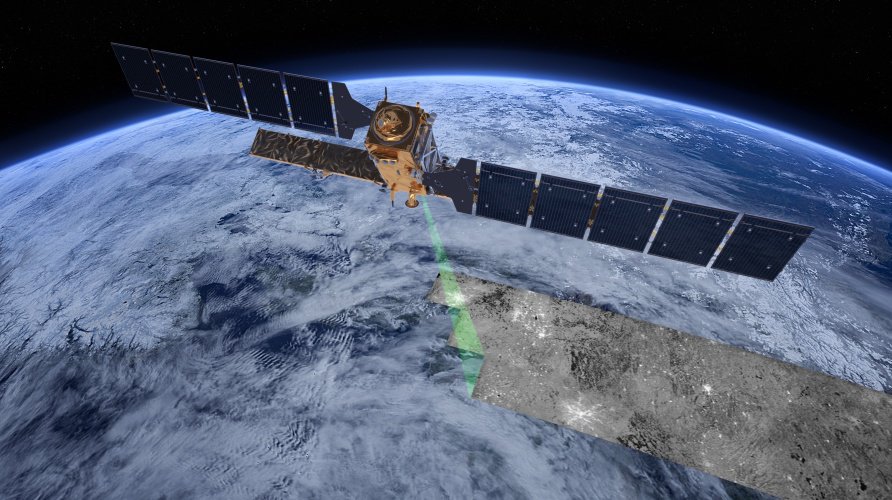Synthetic aperture radar (SAR), which is carried on spacecraft such as Europe’s Sentinel-1, can detect slight movements of just a few millimetres.
Energy companies could use it for the structural monitoring of offshore wind turbines, detecting fallen pylons in remote regions and identifying sites for turbines, according to academics at the University of Strathclyde.
It could also improve the efficiency of network monitoring at a time of growing global demand for energy, help reduce energy costs, and support the cost of using the technology in humanitarian programmes.

“A lot of what we are looking at doing, trying to talk with the energy sector, is really to say to them ‘Here are things that are already happening and being used elsewhere,’ and taking proven technologies and applying them to different challenges,” said Dr Malcolm Macdonald, director of the Scottish Centre of Excellence in Satellite Applications at the University of Strathclyde.
SAR uses the motion of its antenna over a target region to provide finer spatial resolution than is possible with conventional beam-scanning radars. It is usually mounted on a moving platform such as a spacecraft or aircraft.
The distance the SAR device travels over a target creates a large ‘synthetic’ antenna aperture. Usually the larger the aperture is, the higher the image resolution becomes, regardless whether it is a physical or synthetic aperture, allowing SAR to create high-resolution images with comparatively small physical antennas.
The technology is currently used to help protect and manage marine environments, detect illegal logging in tropical forests, and aid disaster relief efforts.
Strathclyde’s centre of excellence was aiming to talk to industry and take space technology and space applications into new areas, Macdonald said.
Radar is resistent to the weather and can to detect features through cloud or rain, he added.
Very small shifts in buildings and landscapes are difficult to detect but SAR uses ‘before’ and ‘after’ images to show where movement has occurred, which are compared by a computer algorithm to spot the changes.
With offshore wind turbines with concrete bases, this could be used to detect subsidence, which can be exacerbated by the vibration of the turbine..
“Once it starts to move, once you get a little bit of movement in it, the fact that it is rotating is going to make that situation worse,” Macdonald said. “As soon as you start to see any movement you can see you have got a problem.”
He added that if SAR showed things were as they should be, this provided confidence that other influences were also acting as expected, so the ecosystem was not suffering any adverse effects.
RenewableUK director of policy Dr Gordon Edge said it was fascinating to see universities such as Strathclyde were looking at how cutting-edge research projects could be applied to the renewables sector, to help it continue to drive down the cost of energy.
“Enhancing the way we monitor offshore wind turbines using space-based technology is an interesting prospect, as it shows that the sky really isn’t the limit when it comes to developing ways to ensure we’re making the best possible use of one of our most powerful natural resources,” he said.




Nanogenerator consumes CO2 to generate electricity
Nice to see my my views being backed up by no less a figure than Sabine Hossenfelder https://youtu.be/QoJzs4fA4fo